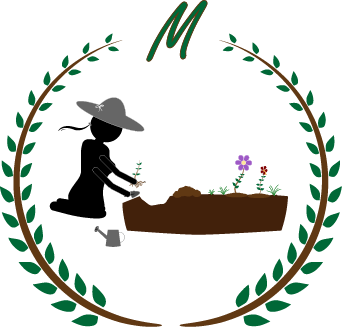How to grow nasturtium from seeds in containers.
Nasturtiums are annual flowers and are native to South and Central America. They come in colours like red, orange and yellow. These flowers can come in two varieties namely as dwarfs and climbers. Both of these varieties can be grown in containers. These flowers can be grown as ornamental plants or as companion plants. Growing nasturtium next to vegetables is a way to save your veggies from pesky insects. Nasturtiums act as a trap crop and attract pests like aphids, whiteflies and other pests. These pests stop attacking your veggies and they jump over to this flower. Here is how to grow nasturtium from seeds.
Growing Conditions for nasturtiums
The best time to sow nasturtium seeds is from March to May. The optimum temperature for nasturtium to grow is between 18°C to 27°C (64°F to 81°F). These flowers need at least 4 to 6 hours of sunlight every day to grow well. They need well-drained soils to grow well and they can also tolerate poor soil. Soil that is too fertile can result in the growth of more foliage and fewer blooms.
How to grow nasturtium from seeds
It’s best to soak the seeds overnight before sowing them. You can sow them in seed trays or small containers and transplant them into bigger containers later. Sow the seeds half inch deep and gently water them. The seeds will germinate within 10 to 14 days. When the seedlings develop four leaves it is time to transplant them into bigger containers. You can grow one nasturtium plant in a container that is 9 inch deep. The potting mix should be 10% perlite, 10% vermiculite, 30 % compost and 50 % sand. This makes the potting mix well-drained and reduces fertility too. Make sure to place the container in a location that gets at least 4 hours of sunlight every day. The plant will start to produce flowers within 45 to 50 days. Deadheading is one of the ways to encourage more blooms in your plants.
Pests and Diseases
If you are growing nasturtium as an ornamental plant, then make sure to watch out for pests like aphids and whiteflies that can harm your plants. You can use neem oil or diatomaceous earth to get rid of them.
Read more:
- How to grow salvia from seeds in containers.
- How to grow portulaca from seeds in containers.
- How to grow zinnia from seeds in containers.
- How to grow sunflowers from seeds in containers.
